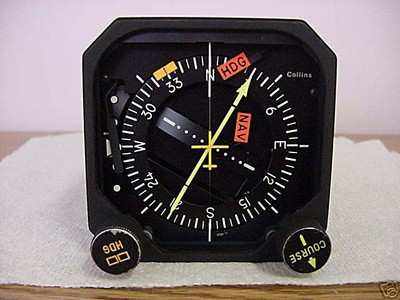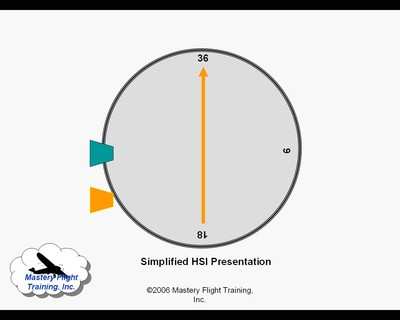Aero-Tips!
A good pilot is always learning -- how many times have you heard
this old standard throughout your flying career? There is no truer
statement in all of flying (well, with the possible exception of
"there are no old, bold pilots.")

Aero-News has called upon the expertise of Thomas P. Turner,
master CFI and all-around-good-guy, to bring our readers -- and us
-- daily tips to improve our skills as aviators. Some of them, you
may have heard before... but for each of us, there will also be
something we might never have considered before, or something that
didn't "stick" the way it should have the first time we memorized
it for the practical test.
Look for our daily Aero-Tips segments, coming each day to you
through the Aero-News Network.
Aero-Tips 11.07.06
It's the little things that can get you...
I was in the right seat of a Beech Baron as my student, a year
since last flying, was under the hood inbound for his first
practice ILS (Instrument Landing System) approach. Olathe, Kansas'
New Century Airport was busy that Sunday afternoon, with traffic
using Runway 18 into a light southerly wind. Sandwiched between low
clouds and fog to the south and east, and a Presidential TFR
(Temporary Flight Restriction) close by to the west, we were in
good visual conditions with New Century Tower's permission to fly
the ILS Runway 36 opposite the direction of traffic so long as we
broke off the approach before the runway threshold. Climbout
instructions were to fly heading 270° and maintain VFR.

Like most Barons, this one has a Horizontal Situation Indicator
(HIS), a single instrument that combines the heading indicator and
navigation display on a single instrument for ease of instrument
scan (figure 1, above). The HSI includes four elements vital to
understanding a potentially fatal scenario we uncovered:
- The heading card, which in this case
automatically aligns itself to offset precession (no need to
manually set it to the magnetic compass).
- The course needle that indicates the direction
to an identified navigation facility.
- The glideslope indicator that shows the
airplane's relationship to a precise descent path to the
runway.
- The heading bug, a manually set direction
indicator that acts as a reminder of heading to be flown (or, if
using the autopilot in heading mode, which way the autopilot should
fly).
Figure 2 (below) is a simplification of what the HSI looked like
inbound on the ILS. The course needle was centered; my student had
swung the heading bug around to 270° as a reminder of the
assigned heading for the missed approach. Coaching my student as he
flew the approach I kept prompting him that he was above
glideslope. He needed to increase his rate of descent slightly to
reintercept, but he wasn't responding and the glideslope needle
(the orange trapezoid on the side of the HSI) was descending
further and further below us. We were nearly at full glideslope
deflection when time came to break off the approach because of
opposite-direction traffic. I had my student look up briefly to see
how close and high we were above the runway.

Here's the gotcha -- looking at the HSI, my student was "seeing"
the heading bug he'd placed on 270° as a centered glideslope
indicator. On his HSI they're shaped the same, although they're a
different color. With the coincidence of a missed approach heading
exactly 90 degrees to the left of our inbound course, the heading
bug looked just like a centered glideslope indication. My student
interpreted it as such when in fact we were high on the approach. I
have to admit that it fooled me for a few seconds.
Imagine the possibility for error if he was below glideslope and
he made this interpretation. All the NTSB would ever be able to
discover is that the airplane descended below glidepath into
terrain for unknown reasons.
Many HSIs have two glideslope indicators, one on each side of
the HSI... but not all do. This would be a rare HSI setup on an
actual approach, but it's not impossible.
Aero-tip of the day: Watch out for the "little
things" that can mislead you to an accident. Take a look around
your cockpit and see if there are similar "gotchas" in the airplane
you fly.
 Sierra Space Repositions Dream Chaser for First Mission
Sierra Space Repositions Dream Chaser for First Mission ANN's Daily Aero-Term (05.10.24): Takeoff Roll
ANN's Daily Aero-Term (05.10.24): Takeoff Roll Aero-News: Quote of the Day (05.10.24)
Aero-News: Quote of the Day (05.10.24) Aero-News: Quote of the Day (05.11.24)
Aero-News: Quote of the Day (05.11.24) ANN's Daily Aero-Term (05.11.24): IDENT Feature
ANN's Daily Aero-Term (05.11.24): IDENT Feature





